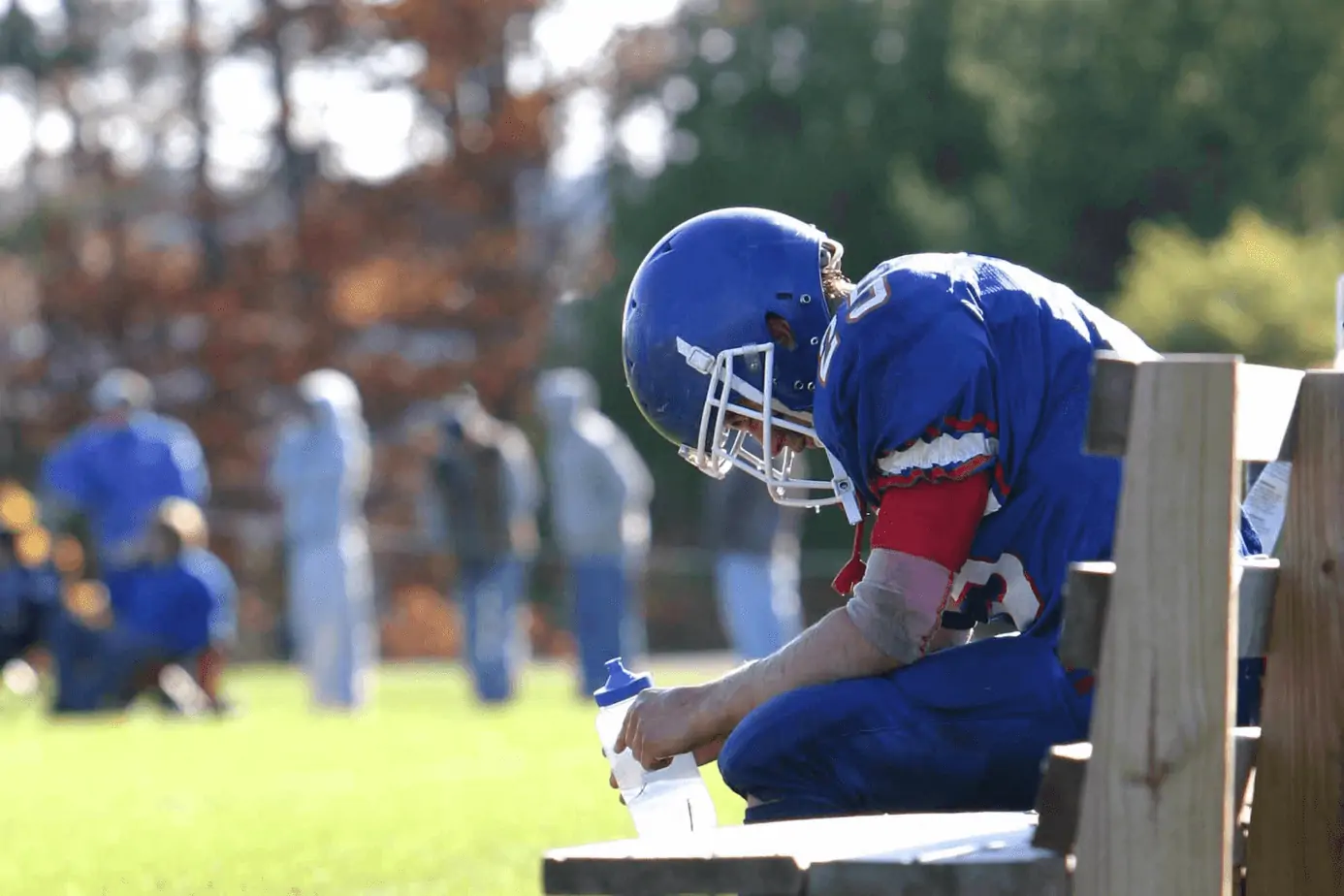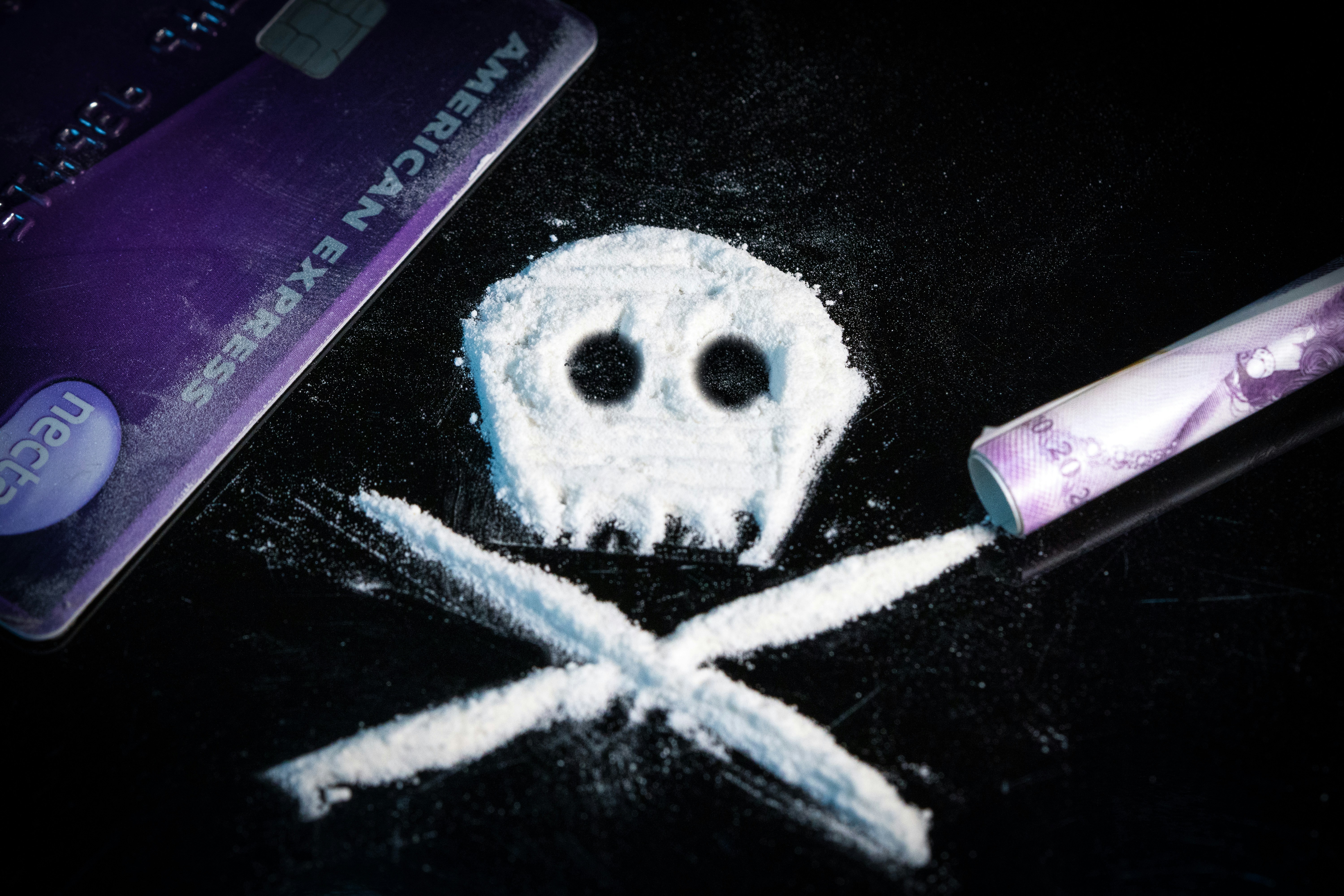Opioid Abuse in Sports
While the opioid pandemic has affected a wide range of people, one particularly vulnerable group is student athletes. The New Jersey Department of Education reported that 83 percent of those who play competitive sports in school have unsupervised access to prescription-based medications. The availability of this substance, combined with the devastating effects it can have, has wreaked havoc on this country’s adolescent athletes.
Why Athletes Are Being Affected
A major factor contributing to this crisis is the rate at which painkillers are being distributed. Opioid prescriptions have increased by 600 percent over the past 20 years and approximately 848,000 Americans between the ages of 12-25 are misusing them. A startling half-million people have died since 2000 as a result of misusing painkillers. A major factor contributing to this crisis is the rate at which painkillers are being prescribed. This issue especially impacts those who play sports. Data shows that 52 percent of NFL players had access to opioids, with 71 percent of that group admitting to misuse. Painkillers have had a negative impact not only on professional athletes but also on those playing at the high school and college levels. There are multiple reasons student-athletes may turn to drugs, including using them to improve their athletic performance, to cope with academic and social pressures, or to help treat injuries.
Most do not turn to drugs due to peer pressure, but instead, become unintentionally addicted after being introduced to prescription drugs after sustaining painful injuries. Some student-athletes admit to relying on their medications to continue playing sports and avoid sitting on the bench, even though their injuries may not have fully healed. New York State Health Commissioner Howard Zucker declared the following: “Athletes’ love of the game can make it particularly difficult to stop playing when they suffer an injury. Coaches and other educators play a unique role in young people’s lives and must teach them about the dangers of misusing pain medication, either to get a ‘high’ or to get back on the field before an injury is fully healed. Both can have lasting consequences.”
Opioids: Quick Fixes with Long-Lasting Effects
For those seeking a short-term solution to dull pain caused by strenuous physical activity, OxyContin, Vicodin, and other prescription opioids can bring pain relief as well as stress relief and even euphoria. Using prescribed drugs can be a slippery slope for some athletes as they become more dependent on these painkillers to deal with physical or psychological trauma. Unfortunately, these harmful effects can be exacerbated by opioids.
Physical side effects include:
- Cognitive impairment
- Gastrointestinal (GI) issues like nausea or GI bleeding
- Respiratory arrest
While the damage that these medications can cause is proof of how dangerous they can be, the psychological havoc prescription pills can wreak is just as alarming. The risk of developing a mood disorder is doubled among individuals struggling with drug addiction compared to the general population.
Mental side effects include:
- Anxiety
- Mood swings
- Paranoia
These addictive pain relievers can also have negative effects on relationships. Relationships with loved ones can be fractured as a result of prescription abuse as well as causing the user to make risky decisions that can harm themselves and others. While these outcomes may sound vague, an example of who this epidemic has affected can truly put things in perspective.
Putting A Face to the Pandemic
Robert King, a high school wrestler, became addicted to heroin after taking Percocet to numb the pain of a broken foot. King turned to heroin after several years of using pain medication, realizing heroin was a less expensive option. King’s story is not uncommon in the world of high school and college athletics. A report from the American Journal of Public Health discovered that teenage athletes are 50 percent more at risk of misusing prescription drugs than their non-playing counterparts. Another troubling fact is that Poison Control Centers reportedly receive a phone call once every forty-five minutes related to pediatric opioid usage.
How to Help Student Athletes Avoid Substance Abuse and Seek Help When Needed
- Talk to your student-athlete and remind them that at the end of the day, sports are games and not worth risking serious injuries that could indirectly lead to a reliance on prescription pills. They should give their best effort, but avoid dangerously exceeding their physical limits.
- Unless advised otherwise by a doctor, your young athlete should treat their injury with rest, ice, and over-the-counter medications first. Additionally, your teen can also try alternate medical techniques that are recommended by a physician. Prescription treatment options should be used only if a problem persists after trying the alternatives.
- Athletes already suffering from addiction can attend therapy, which will help them address the root of their misuse. Inpatient and outpatient programs, as well as 12-step programs, are available as treatment options. These opportunities promote greater self-understanding, develop positive coping mechanisms, and can even help build a strong support system for those faced with addiction.
- Holistic practices can be used to support traditional addiction treatment. Methods of relaxation such as massage therapy and yoga can also relieve physical symptoms and promote mindfulness in those suffering from addiction.
If you or a loved one is struggling with addiction, Mountainside can help.
Click here or call (888) 833-4676 to speak with one of our addiction treatment experts.

 By
By 







